The ability to track and find lost devices is not a new idea. Google and Apple have been doing this for years, but as technology advances, things are newer, and Google has begun rolling out its new Find My Device network in North America.
The idea isn’t new, but how it’s done and what it can do is. With a network of over 1 billion devices, it’s now easier to find your lost phone and many other things, and it’s designed in a way to keep it safe.
Part of what makes it better is what it can do. Five cool new features make the new one even better than the old version:
1. The ability to locate offline devices. You can find your Android phone or tablet on a map and send notifications to make them ring even when they’re not connected to the network. If you have a Pixel 8 or Pixel 8 Pro, this feature works even when the phone is turned off or the battery is flat. We’ll talk more about this later.
2. Use your new Bluetooth tracker to track other things. Third-party companies will soon release small tags for use on Google’s network. You can attach these tags to anything and monitor it through the Find My Device network. They’re also compatible with Google and Apple’s unknown tracker alert systems to ensure no one can use them without your knowledge.
3. Locate nearby devices. If you get close to what you’re looking for, a button will appear that allows you to pinpoint its exact location. When you get warm, the shape fills in, and when you get cold, it shrinks. pretty.
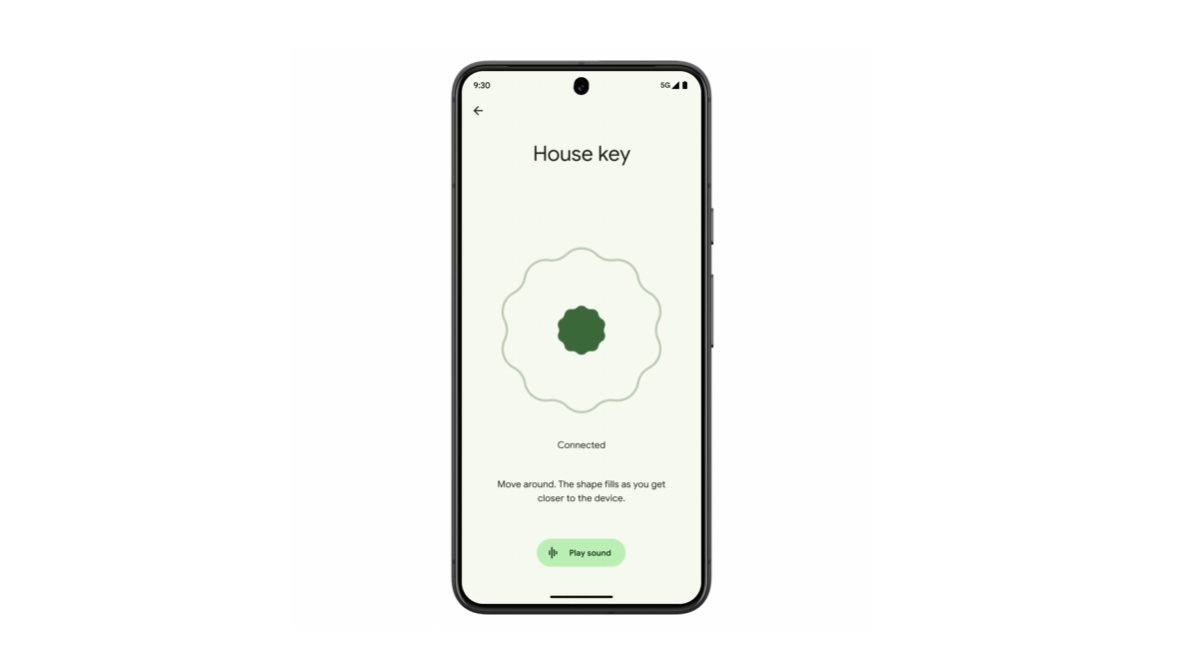
4. Use Google Nest devices to help find things around your home. By being part of the new network with something like Nest Home, you can more easily find lost items around your home. Thanks to the new network’s built-in home protection, your Nest devices can only find your stuff inside your home.
5. Share accessories with family or friends. You’ll be able to share your compatible Bluetooth accessory or tracker with others so they can keep tabs on its location, too.
So it seems like this new feature is really cool and very similar to what Apple is doing on its own network. But beneath the surface, things are very different. Let’s dig a little deeper.
how it works
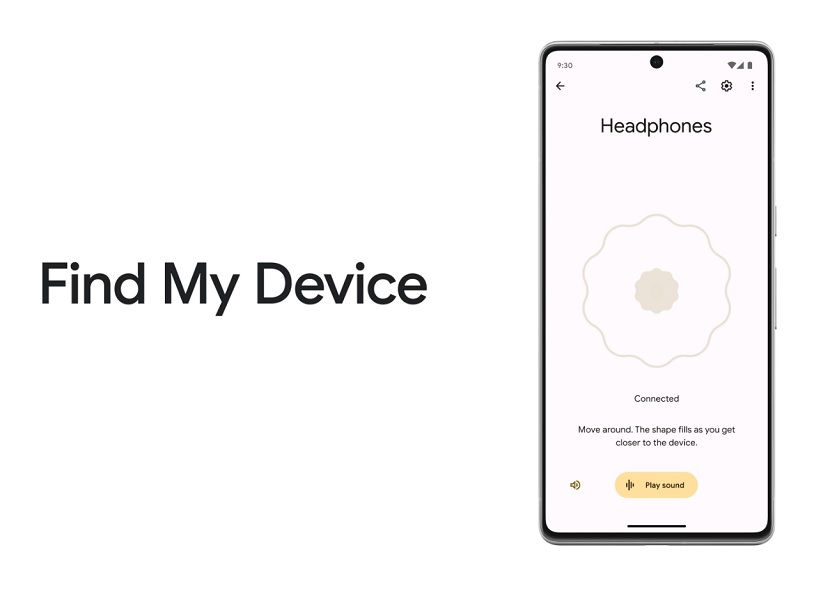
The short answer is Bluetooth. Nowadays, almost every device has a Bluetooth connection, and it makes sense to take advantage of it in a way that reports its location in relation to other Bluetooth devices. Never lose your favorite headphones again.
Imagine you have attached a Chipolo tracking tag to your keychain. It has a Bluetooth radio inside that “broadcasts” its location so that other devices compatible with and registered with the new Find My Device network can “listen” to it.
All of these devices report aggregate data to Google, and if you want to find your keychain via the included Chipolo tracker, you’ll get a location based on its proximity to other devices.
Knowing how far it is from one device does nothing, but when you have billions of devices you can estimate the actual location very closely. As you get closer, the strength of the Bluetooth signal is used to fill the shape on the screen until you’re on top of it.
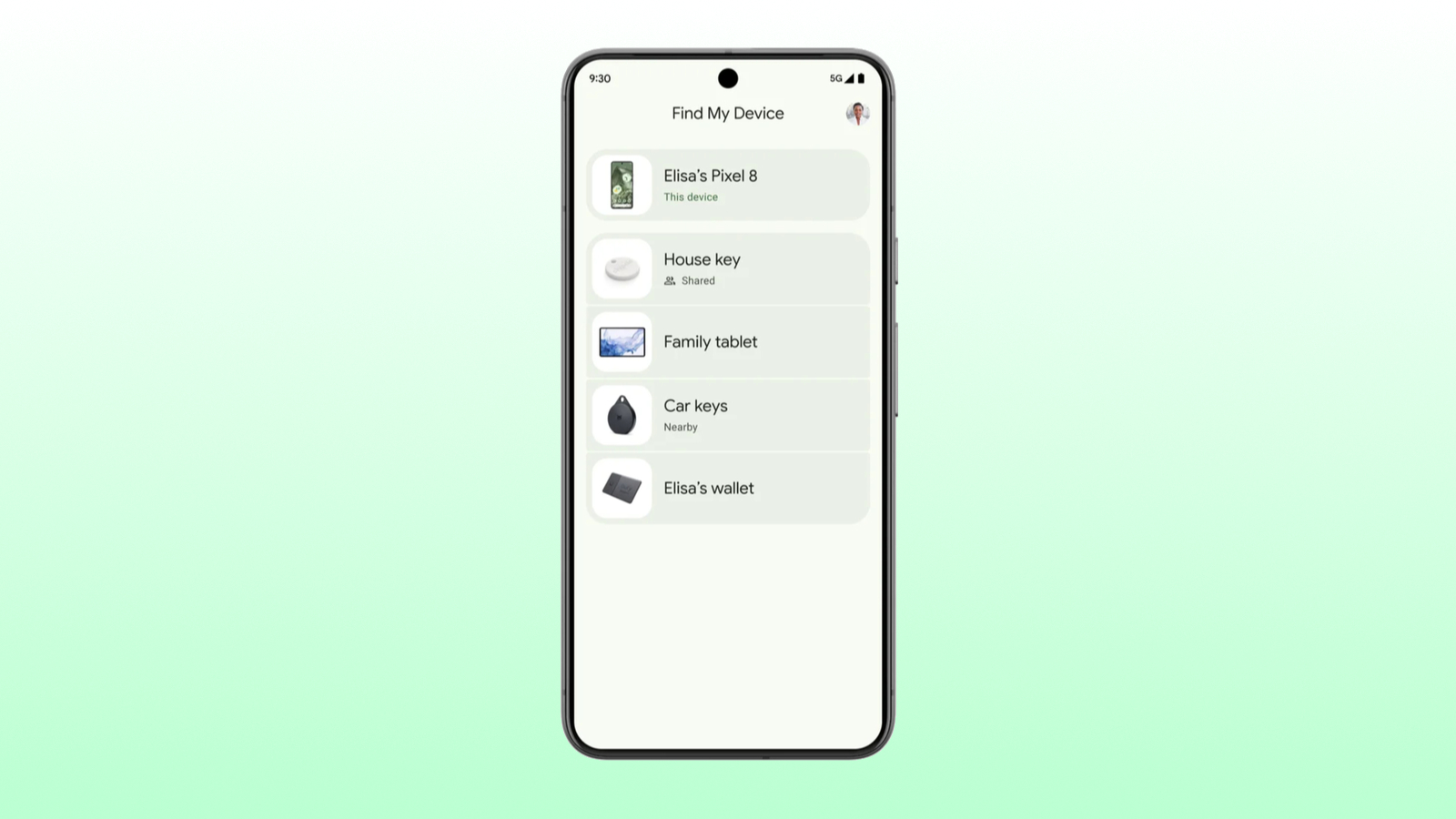
The only thing left to do is to make sure everything is safe and private. Google tries to do this in a few different ways, such as through aggregation and encryption.
You need to opt-in to the feature and have three options: opt out entirely, participate in aggregation, or use the network without participating in aggregation. To explain exactly what Google means by aggregation, here are its own words:
“With aggregation, the Find My Device network waits until multiple Android devices detect the lost item. Find My Device then displays the center point calculated from multiple location reports to the owner of the lost item .”
The idea is to tell the user where something is without telling them the location of any device that helps find it. If your phone tells Google the location of your luggage tag, then the person with the luggage tag has no way of knowing where you are, or whether you contributed at all.
Additionally, when Google sends you location data, it does it with end-to-end encryption using keys that only the tracker owner and those with whom it shares it share it. This means that no one can use it but you (or others authorized by you) – this data cannot be shared even if you wish to.
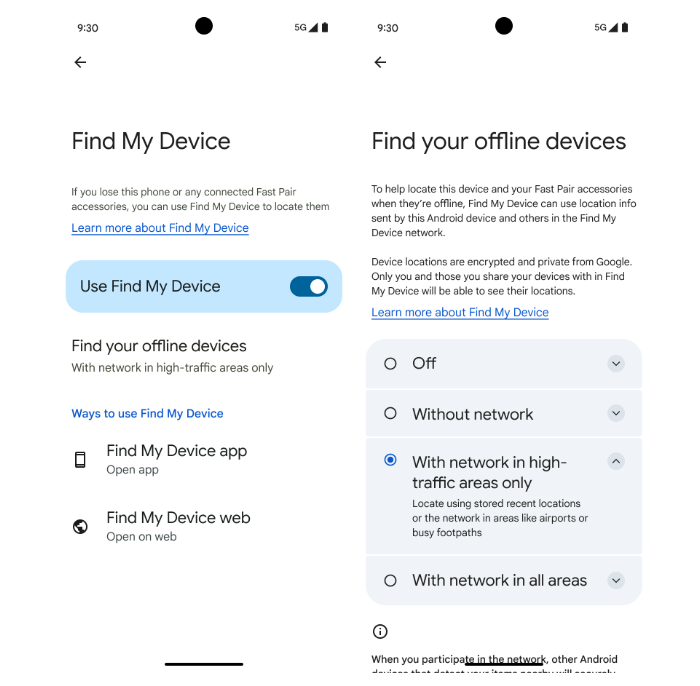
Two other important features are worth noting. The service has what Google calls “Home Protection,” which works by preventing your Android device from providing location reporting to Find My Device as long as you’re in a designated home network. No one can use this data to find out where you live.
Finally, it’s worth noting that all of these comply with industry standards for unknown tracker alerts. If someone tries to track you using a tag, you’ll get a notification once your phone detects it and stays near you. If someone sticks a tracker on your car or in your wallet, it will tell you.
Not to love all kinds of things?
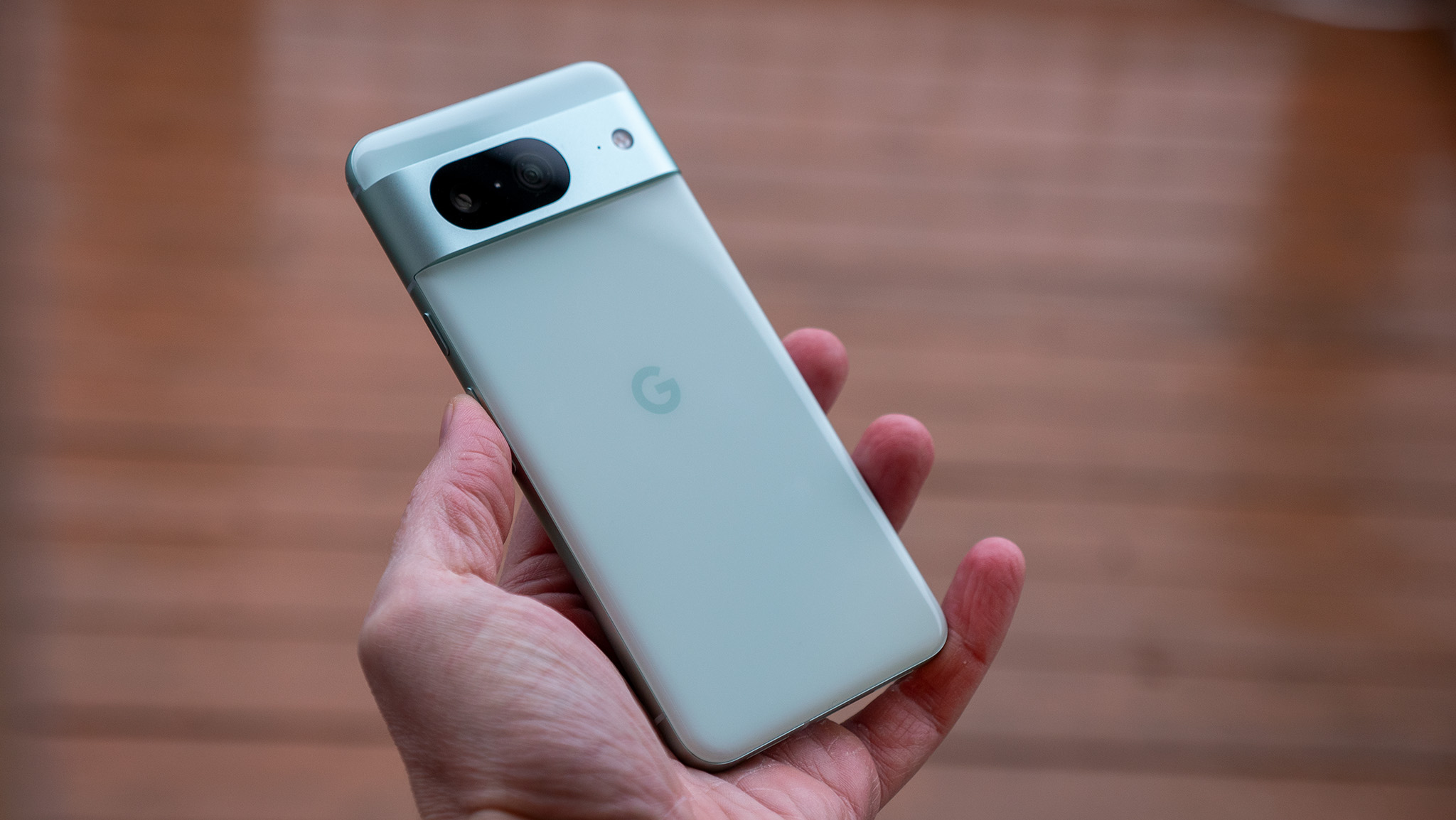
I’m sure privacy advocates will take a closer look at what Google does and find things that are less than ideal, and maybe Google will fix them. At the same time, I think there are two issues that need to be discussed.
The first is to track the Pixel 8’s location when the phone is turned off or the battery is flat. Google says that “thanks to specialized Pixel hardware, Pixel 8 and 8 Pro users will also be able to find their devices when they are powered off or battery drains.” That doesn’t help at all, and considering Google’s record on privacy, We need to know more.
I expect Google to tell us more at Google I/O, and in the meantime, I’ve reached out to the company for more specific answers about this “specialized hardware” and how it works. If I had it I would share it.
The second thing is not an issue with the service at all. If it works as well as it sounds, it’s a shame Apple isn’t on board.
Yes, Apple has a service that uses high-frequency radio to do the same thing, and if you’re in a country like the United States where half the population owns an iPhone, it works pretty well. The downside, however, is that it doesn’t work if you’re not in an area with a high saturation of iPhone users (and there are such places in the world).
If Apple is willing, it can use Google’s services to allow everyone to enjoy better services. Sometimes, companies should stop bickering and do what’s best for their customers. This is one of them.
I hate the idea of anyone tracking me, and I don’t trust Google when it comes to collecting data because of the sketchy stuff it’s been caught doing. However, the service seems worthwhile, and with the safeguards Google has in place, it looks secure. I’ll be using the tracker once it becomes available after Google I/O.